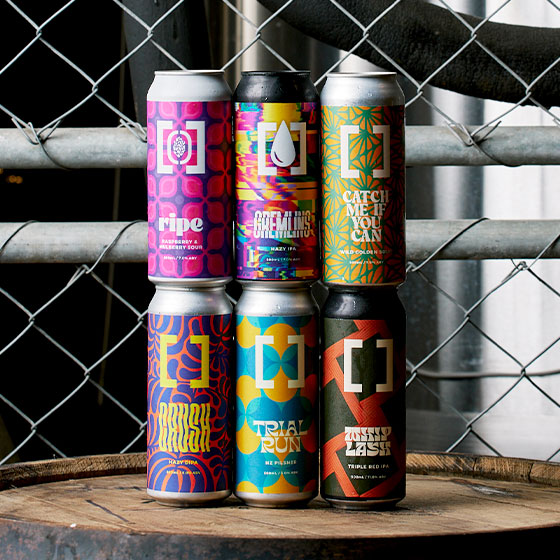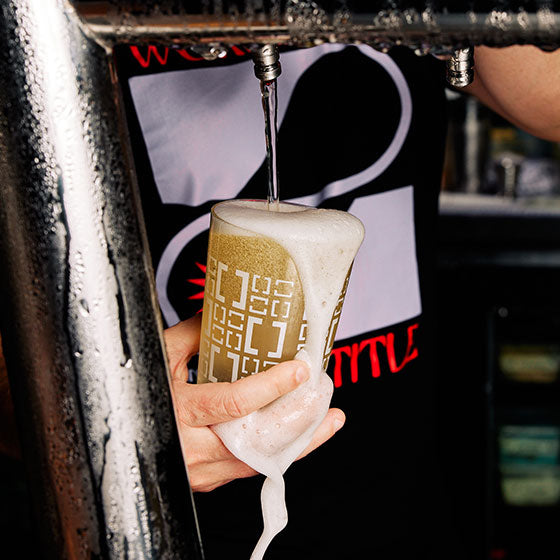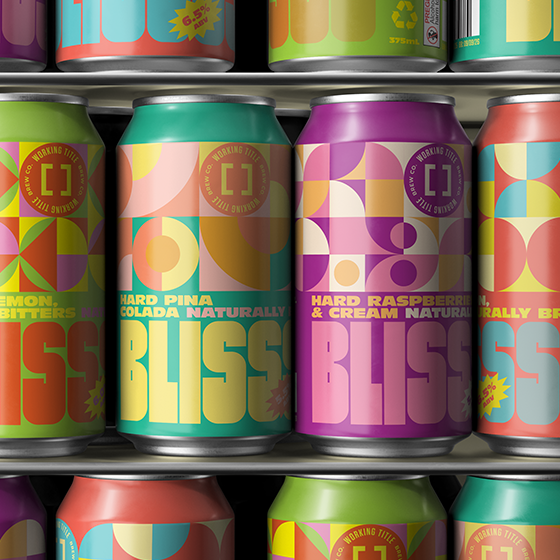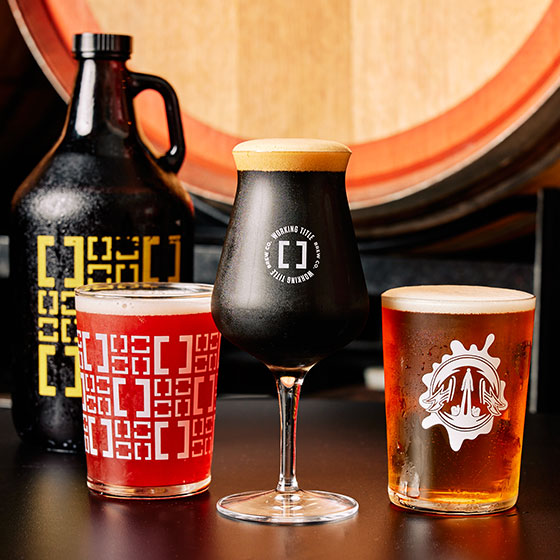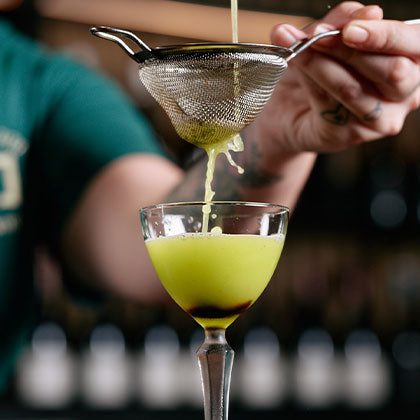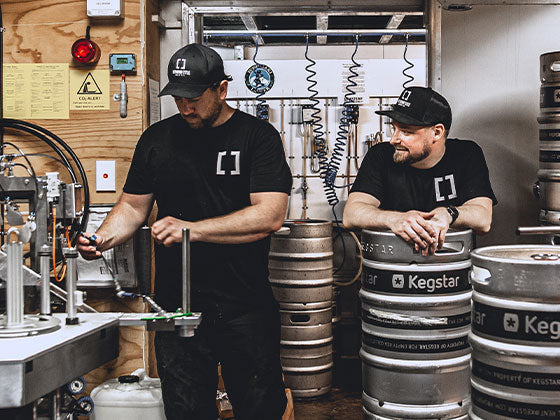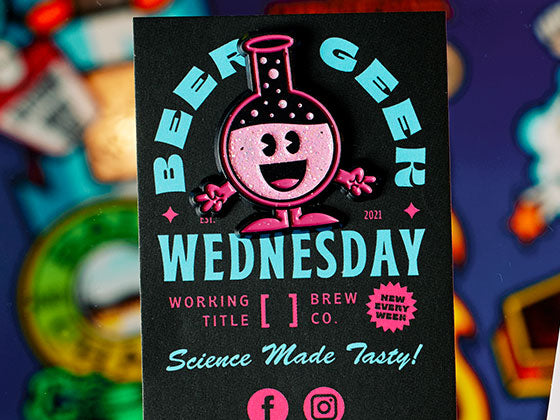Humulus Lupulus, or little wolf plant, has been used to flavour and stabilise beer for over a Millenia.
Hops are a remarkable bine that grow 5-10 meters every year, from a rhizome. Female plants fruit once a year, responding particularity to UV exposure during fruiting. That’s why they produce better fruit/“cones” as you move north in the Northern Hemisphere and south in the Southern Hemisphere. Those unlucky enough not to experience long days in summer, like QLD, have had some success with UV lighting over hop fields. The cones of the hop plants are the little nuggets of flavour that brewers crave.
While the genus likely originated in Mongolia, hop species diverged into European and American subgroups hundreds of thousands of years ago. The first evidence of hop cultivation was in Europe. Today, breeders go to painstaking lengths to cross pollinate or open pollinate female lines, hoping to generate new cultivars. In a commercialisation process that takes more than a decade, offspring of pollination attempts are selected based on agronomic and then organoleptic properties.
With beer nerd’s insatiable thirst for hops, the number of commercially available varieties have double in the last decade to around 180. One of the many interesting facets of the plant is that you can take the same varietal, grow it in three different regions around the world, and you’ll get three distinct flavour profiles from the cones. Therefore, as well as a genetic contribution, there is a definite environmental contribution to the production of hop compounds. European hops are loosely Herbaceous, with Aussie gear nominally Tropical and American varieties Citrus. Obviously there are exceptions within those broad generalisations.
We haven’t even touched on the bittering compounds or resin fraction of hops, nor the way in which hops can be processed for use in the brewery. Sounds like we just banked a few more BGWs!

